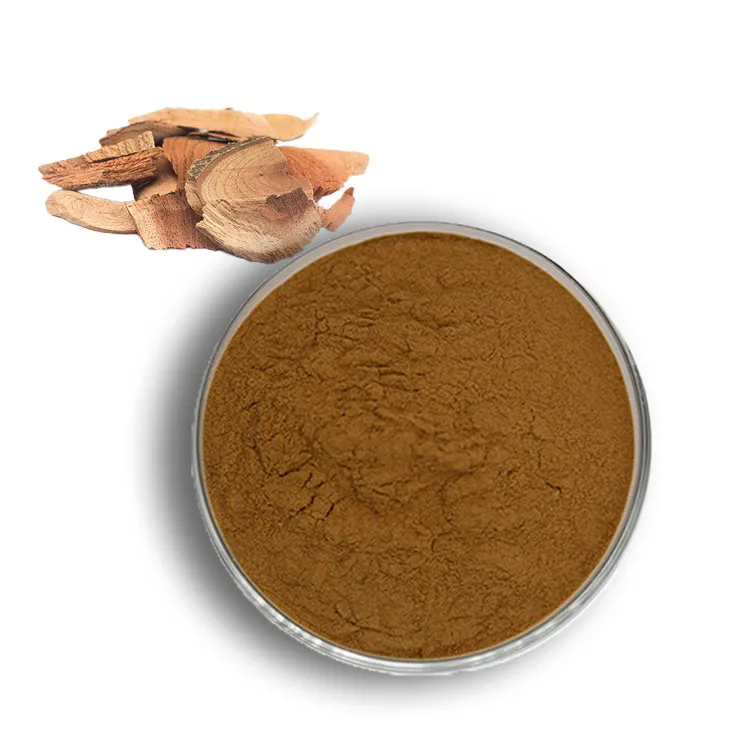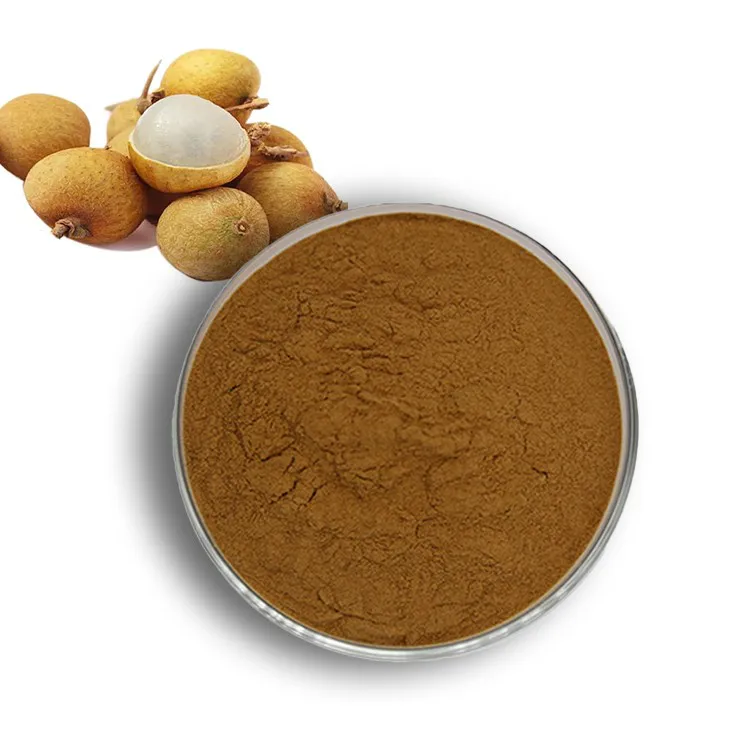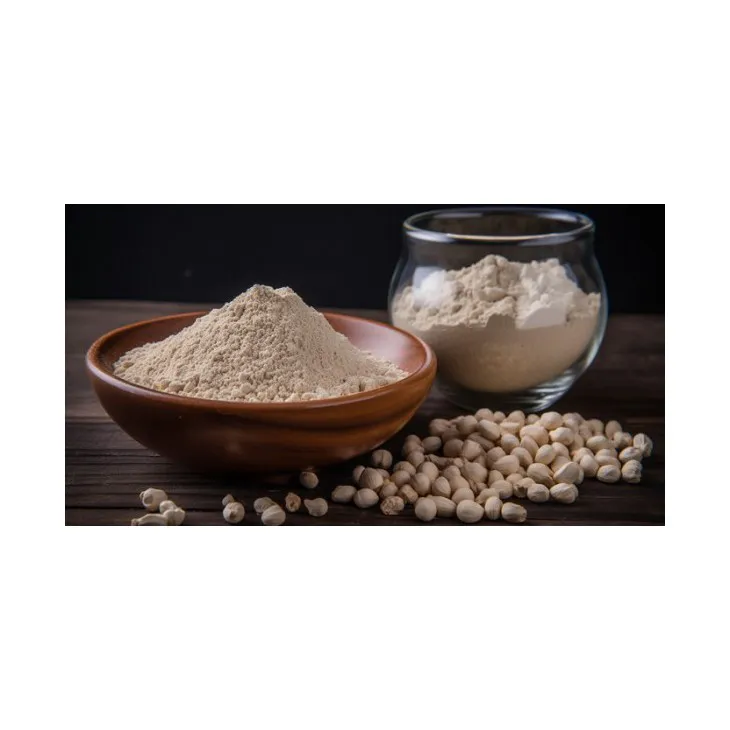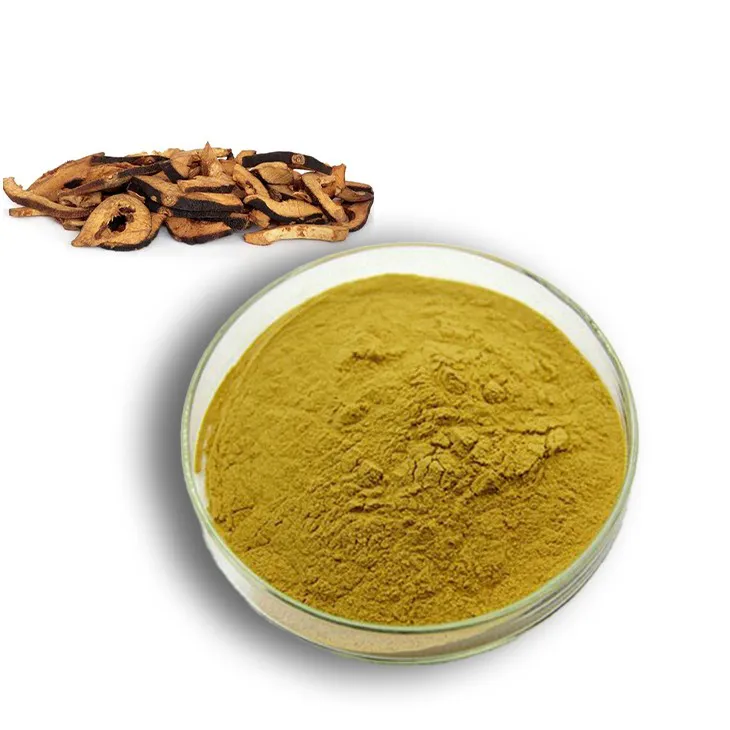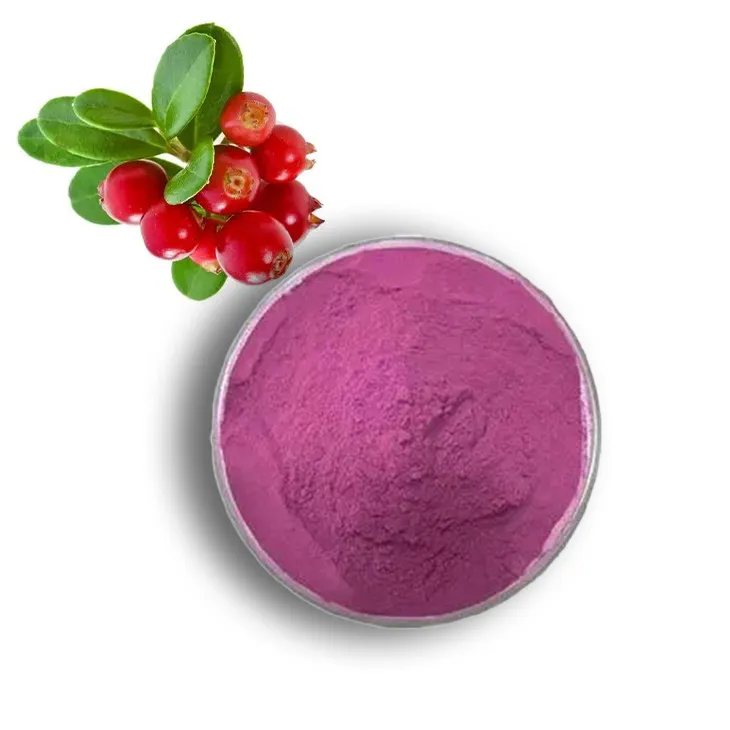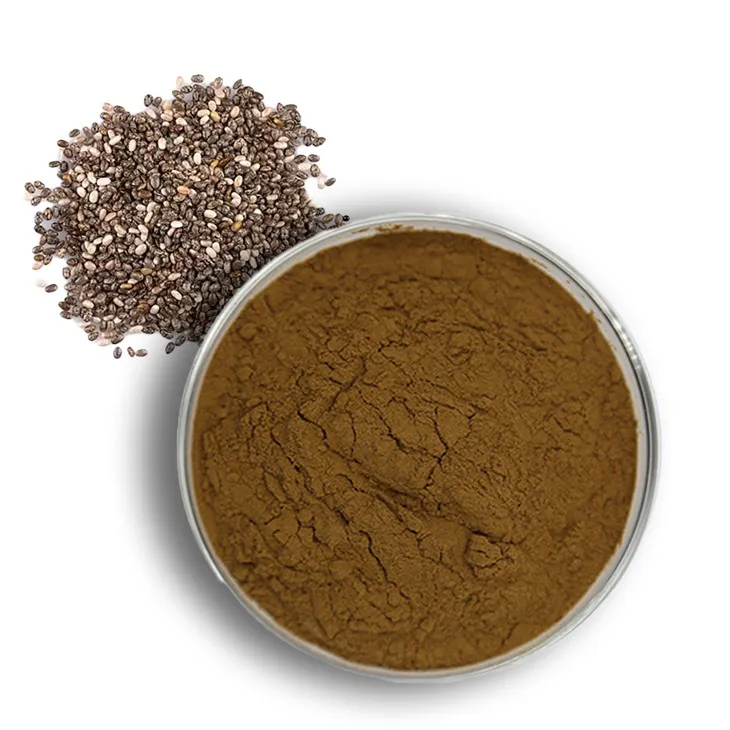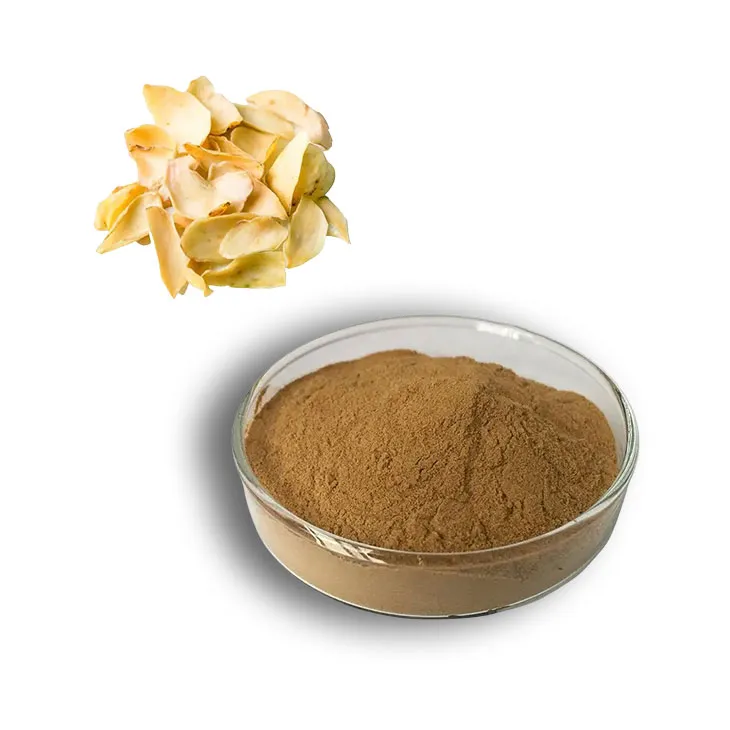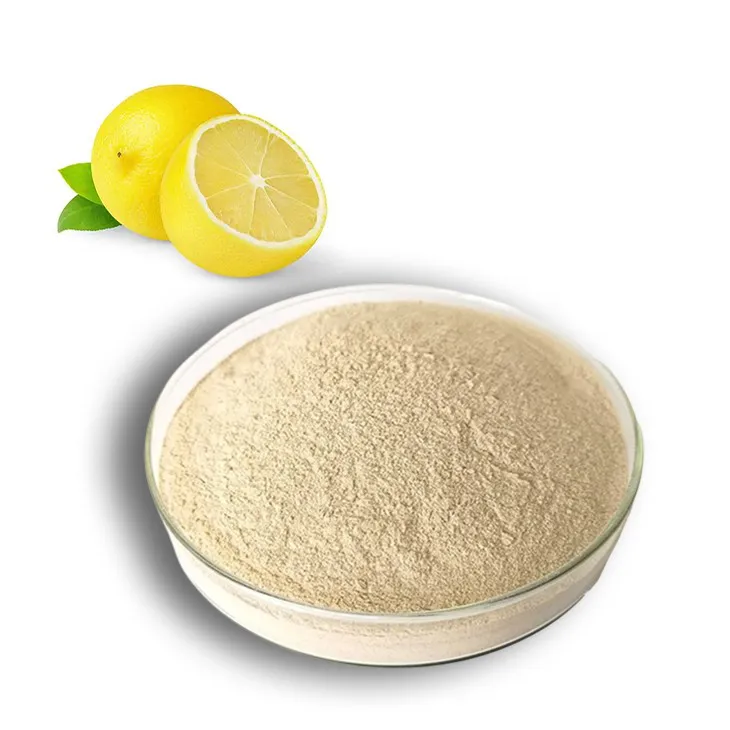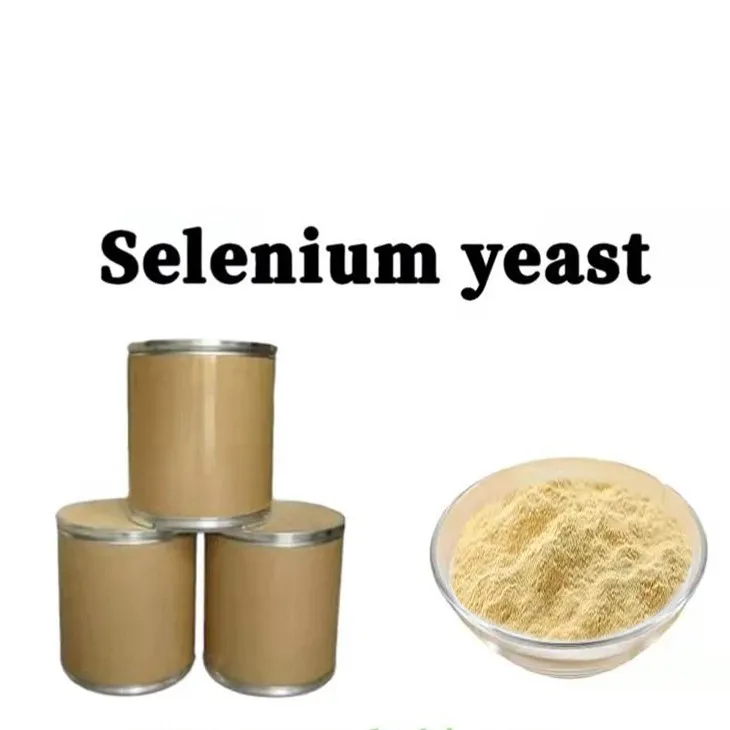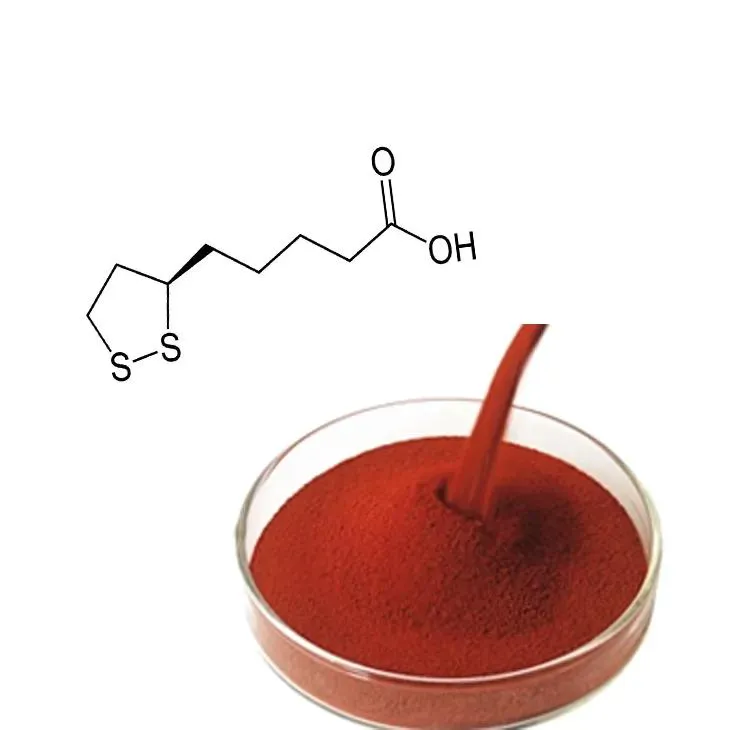- 0086-571-85302990
- sales@greenskybio.com
Ginger: History,Power and Ways to Use
2025-05-01
Ginger, known scientifically as Zingiber officinale, is a flowering plant whose rhizome has been cherished as both a culinary spice and natural medicine for centuries. Native to Southeast Asia, this herbaceous perennial grows annually to heights of one meter, characterized by tall pseudostems and narrow leaves. The aromatic, knobby rhizome below the soil surface, however, holds the real appeal for chefs, healers, and wellness enthusiasts alike. Ginger's vibrant flavor and therapeutic properties make it a true superfood, blending historical significance with contemporary scientific validation.
A Brief History of Ginger
Ginger bears various names across cultures, underscoring its global importance. In Sanskrit, it's called srngaveram; in Arabic, zanjabil; and in Traditional Chinese Medicine (TCM), sheng jiang — all highlighting ginger's extensive roots in diverse healing traditions. Visually distinctive, ginger rhizomes are beige to light brown outside, with a fibrous texture and a pale yellow interior. Its taste is notably spicy, pungent, and slightly sweet, leaving a warm lingering sensation that enhances both savory and sweet dishes.
Historically, ginger's trade along the Silk Road marked it as a prized commodity equivalent to the worth of a sheep in medieval England. Traders navigated perilous routes to distribute this pivotal spice, used not only for culinary purposes but also as a remedy for the plague and various illnesses — a testament to ginger's enduring versatility and appeal.
The Healing Power of Ginger
Ginger's revered status in traditional systems like Ayurveda and TCM stems from its capacity to address numerous ailments. Modern research corroborates these claims, showcasing ginger's potent anti-inflammatory, antioxidant, and antimicrobial properties. Known for alleviating nausea and vomiting, ginger effectively mitigates symptoms of motion sickness, morning sickness in pregnancy, and chemotherapy-induced nausea. Compounds like gingerol and shogaol play a key role in calming the stomach and reducing queasiness by interacting with digestive and nervous systems.
Ginger's influence on inflammation makes it a valuable solution for conditions like arthritis, heart disease, and certain cancers. Its bioactive compounds can inhibit pro-inflammatory cytokines, providing a natural remedy for osteoarthritis and rheumatoid arthritis, thus reducing joint pain and enhancing mobility. For digestive concerns, ginger's ability to stimulate saliva, bile, and gastric enzymes aids in food breakdown, potentially easing bloating, gas, and indigestion through its carminative effects.
Emerging studies suggest ginger's beneficial impact on blood sugar management and cardiovascular health in diabetics. Its antioxidant function helps lower oxidative stress, a precursor to diabetes and heart disease. Furthermore, ginger's role in reducing LDL cholesterol and triglycerides supports cardiovascular wellness.
Ways to Use Ginger as a Natural Remedy
Ginger’s versatility allows for easy incorporation into everyday life. It is consumed fresh, dried, powdered, and as oils or juices. Brewing ginger tea with fresh slices in hot water, often enhanced by honey or lemon, remains a popular method for combating colds, sore throats, and digestion issues. Ginger supplements, available in capsule or tablet form, offer another convenient therapeutic option, while ginger oil is utilized in massage therapy for muscle pain relief, due to its warming and inflammation-reducing properties.
It's important to consult a healthcare provider before starting any supplement regimen, especially when taking medications or managing underlying health issues.
Cooking with Ginger: Recipes to Try
Ginger’s culinary applications are vast. Here are a few recipes to explore ginger’s versatility:
- Ginger-turmeric immunity soup: A warm broth infused with ginger, turmeric, garlic, and vegetables.
- Ginger-lemon energy bites: A no-bake snack with oats, dates, and a ginger zing.
- Honey-ginger glazed salmon: A savory-sweet dish featuring ginger-infused glaze.
- Gingerbread cookies: A classic holiday treat with a spicy twist.
- Ginger-infused green smoothie: A refreshing mix of spinach, pineapple, and fresh ginger.
Ginger transcends its role as a mere spice, proving itself as a powerhouse of natural healing and nourishment. Whether used for digestion, inflammation reduction, or adding depth to culinary creations, ginger validates its importance as a versatile and potent superfood worth inclusion in both pantry and wellness practices.
- ▶ Hesperidin
- ▶ citrus bioflavonoids
- ▶ plant extract
- ▶ lycopene
- ▶ Diosmin
- ▶ Grape seed extract
- ▶ Sea buckthorn Juice Powder
- ▶ Beetroot powder
- ▶ Hops Extract
- ▶ Artichoke Extract
- ▶ Reishi mushroom extract
- ▶ Astaxanthin
- ▶ Green Tea Extract
- ▶ Curcumin Extract
- ▶ Horse Chestnut Extract
- ▶ Other Problems
- ▶ Boswellia Serrata Extract
- ▶ Resveratrol Extract
- ▶ Marigold Extract
- ▶ Grape Leaf Extract
- ▶ blog3
- ▶ Aminolevulinic acid
- ▶ Cranberry Extract
- ▶ Red Yeast Rice
- ▶ Red Wine Extract
-
Thunder God Vine Extract
2025-05-01
-
Longan Extract
2025-05-01
-
Coix Seed Extract
2025-05-01
-
Citrus Aurantium Extract
2025-05-01
-
Europen Bilberry Extract
2025-05-01
-
Chia Seed Powder
2025-05-01
-
Lily extract
2025-05-01
-
Lemon Extract
2025-05-01
-
Selenium yeast
2025-05-01
-
Astaxanthin
2025-05-01











